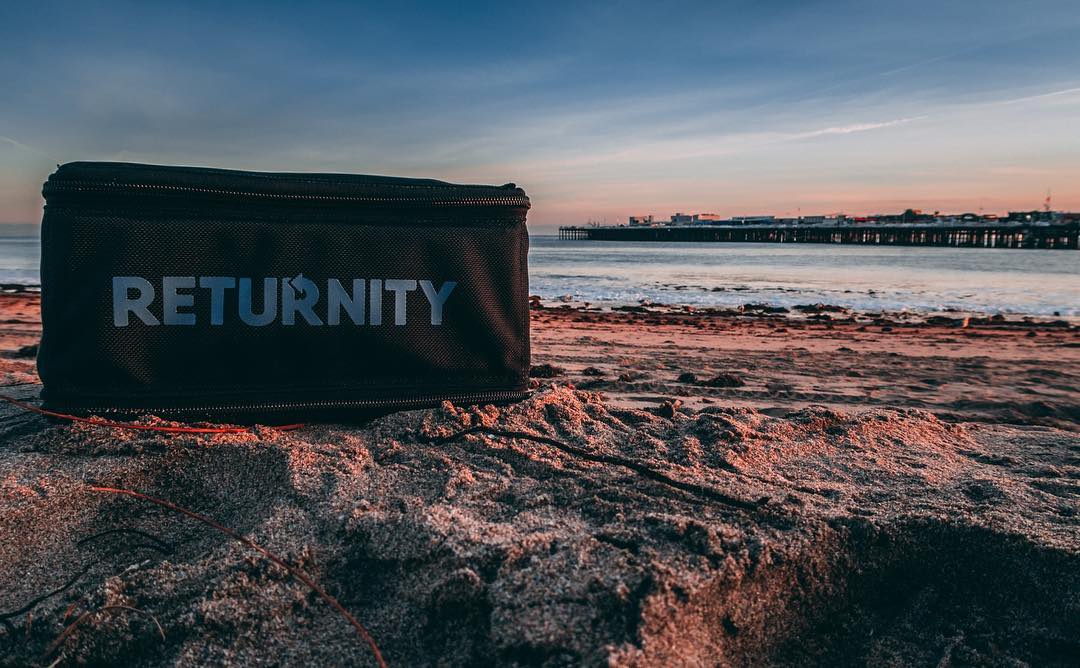
Green.org sat down with Mike Newman, the CEO of Returnity, to learn how they are changing the future of sustainable packaging.
Tell us a little bit about you and your background:
I’m the CEO at Returnity which is a reusable shipping and delivery packaging company, working to make single-use packaging extinct – before we are. We design, manufacture and implement reuse systems that replace cardboard boxes and plastic bags for companies like Walmart, Estée Lauder, New Balance, PayPal – Happy Returns, Rent the Runway and others.
Our programs are designed to achieve a 95%+ reuse rate, allowing for 20 or more use cycles, and our solutions are being used for 1 million shipments and deliveries a month. I received my MBA from the Ross School of Business at the University of Michigan, and over the last 20+ years I’ve worked at the intersection of supply chain and sustainability. Prior to Returnity, I directed the Sierra Club’s political operations in 20 states and built e-waste programs for Verizon, Walmart, Best Buy and others as ReCellular’s Sales & Marketing VP.
What would you do with $1 Billion dollars?
We have society-level problems to address like climate change, systemic racism, homelessness and more. Real action happens at the society level, and we are too divided in the United States to make the progress we need. We’ve proven time and again as a nation that we can accomplish big things; If I had $1 Billion I’d use it to invest in the nonprofits and advocacy groups doing the critical work of defending our democratic institutions and building consensus and action so that we leave our country and our world a better place than we found it.
Why do you think climate change and sustainability is such an important topic today?
After decades of work trying to help people understand the profound disruptions that climate change would create, it is now all around us. Devastating storms, mass climate-driven migrations – we are all experiencing climate change in very tangible ways. We needed this urgency to address climate change years ago, but there will never be a better time to start than now, and I’m glad to see it finally front and center as an action item for governments and corporations alike.
What do you envision your industry looking like 10 years from now?
For decades, everybody used the same packaging and materials for shipping and delivery: cardboard boxes, poly mailer bags, paper and plastic grocery bags. I believe that the focus on finding more environmentally sustainable alternatives will continue to accelerate over the next 10 years, and that the list of commonly used packaging materials and formats will grow exponentially. How and where we shop and consume products is changing rapidly; packaging companies will apply very specific and diverse solutions to fit each application, pushing new forms of innovation and lowering packaging use impact.
What can the average person do to make a difference?
Individual actions to live a carbon-neutral lifestyle are important and should be encouraged. But the biggest impacts will come from society making these changes as a whole.